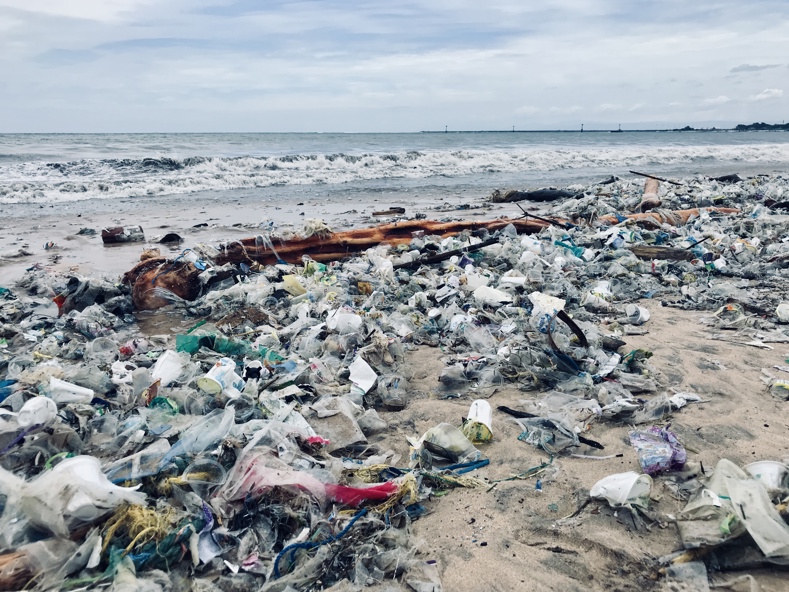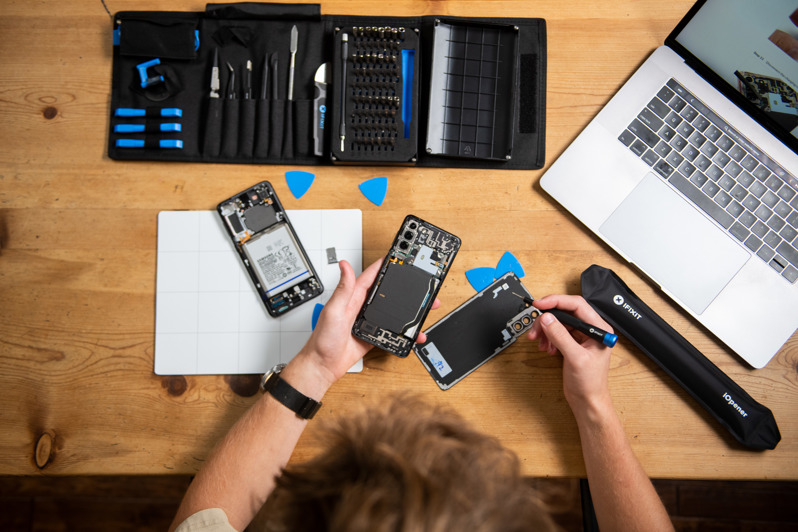Especially in Europe, environmental regulations give basic guidelines for electronic design. Pioneering manufacturers are proactively surpassing these rules to make sustainable electronics a reality. Let us look at the current trends.
The era of sustainable electronics
Developers of green, or sustainable electronics, consider the lifecycle of their product as a whole: from the design, mass production, and functionalities, all the way up to the recycling of their inventions. In doing so, experts select materials and processes with the lowest environmental impacts possible including:
-
Designing energy-efficient, easy-to-repair, and recyclable devices.
-
Using lighter and less toxic materials
-
Reducing their carbon footprint
-
Minimizing waste through a circular economy
Life Cycle Assessments enable the calculation of these impacts.
Additionally, sustainable electronics are designed to be socially responsible. This ensures that the people involved in their production are treated fairly and that their production processes do not harm communities or the environment.
Let us look first at the basic rules of electronic ecodesign. Governments have primarily set minimum thresholds for sustainable electronics through regulations.

The needs to cut plastics pollution is one of the drivers to more sustainable electronics. Picture: OceanCycle
The basics: ecodesign regulations
Historically, the first eco-design regulations in the industry have controlled the use of certain toxic chemicals in electronics. One such regulation is the Restriction of Hazardous Substances (RoHS), which restricts the use of certain hazardous substances, such as cadmium, lead, mercury, and phthalates in electronic products. Importantly, the RoHS rules have a global impact, with many countries implementing similar regulations.
Other examples of environmental regulations for substances control include:
-
California Proposition 65 with safe-harbor warning label of carcinogen and reprotoxic chemicals
-
US Toxic Substances Control Act in the USA on Persistent Bioaccumulative and Toxic chemicals (TSCA-PBT)
-
EU Regulations of Persistent Organic Pollutants (POP)
-
The EU REACH Regulation on Substances of Very High Concern (SVHC)
On top of these chemical restrictions, the EU has implemented the Ecodesign Directive (ErP Directive 2009/125/EC).
The ecodesign directive for sustainable electronics
This key directive sets obligations for the energy efficiency of products such as:
-
Electronic displays in computers and televisions (Regulation 2019/2021)
-
Motors (Regulation 2019/1781)
-
External power supplies (Regulation 2019/1782)
-
Servers and other data storage products (Regulation 2019/424)
-
Light sources (Regulation 2019/2020)
Subsequently, examples of ecodesign rules and requirements for sustainable electronics include:
-
Energy efficiency requirements: In-scope electronics must meet minimum energy efficiency standards, which can vary depending on the product category and the energy mode (active, standby, etc.).
-
Design for repair and recycling: Devices should be designed with ease of repair and disassembly in mind, to facilitate recycling and reduce waste. This may include the availability of spare parts, repair manuals, and disassembly instructions.
-
End-of-life management: In virtue of the Extended Producer Responsibility (EPR) principle this may include implementing take-back programs, and financing collection schemes.
Regulators worldwide are also pushing electronics companies to make their products more repairable. Picture: iFixit
Moving further: voluntary standards for sustainable electronics
In addition to government regulations, manufacturers can voluntarily adhere to these standards.
Indeed, one of the most well-known standards is the Electronic Product Environmental Assessment Tool (EPEAT) which is a global rating system that evaluates the environmental impact of electronics based on their:
-
Design
-
Production
-
Energy use
-
Disposal
Namely, the EPEAT rating system has become a widely recognized benchmark for sustainable electronics. Governments and businesses require their products to meet EPEAT standards.
ESG compliance
Furthermore, another rising standard is ESG, which focuses on a companies’ environmental and social impact, as well as their corporate governance. In fact, companies that adhere to ESG are committed to reducing their environmental impact and promoting sustainable practices.
Additional voluntary standards for sustainable Electronics
Other popular examples of voluntary standards include:
-
Energy Star, which defines energy efficiency criteria for electronics, including requirements for power management and standby power consumption.
-
Blue Angel, which is a voluntary German certification program that helps to promote sustainable electronics while building consumer trust.
In short, choosing to adhere to voluntary standards allows manufacturers to differentiate themselves in the market and show consumers that they are committed to producing eco-friendly products. Nevertheless, some manufacturers are not just following their highest standards, they go beyond.
Research and development of cutting-edge materials
Indeed, leaders in their markets invest millions in research and development to develop sustainable materials for electronics by exploring technologies such as:
-
Bioplastics: Bioplastics are made from renewable resources, such as corn starch or sugarcane, instead of petroleum. They can be used as an alternative to traditional plastics in electronic components, such as casings, and can help reduce the use of fossil fuels.
-
Graphene: This strong and lightweight material has excellent electrical properties, making it a promising material for sustainable electronics. For example, graphene makes flexible and transparent devices, more energy-efficient batteries, and solar cells. Researchers are also exploring other potential uses for graphene such as conductive inks and sensors.
-
Nanomaterials: They have the potential to make electronics more energy efficient by reducing power consumption and extending battery life. They can also help reduce the amount of electronic waste produced by making devices last longer. Examples their include carbon nanotubes and nanowires. However, there are still concerns about their potential environmental and health impacts, and more research is needed.
-
Even organic batteries! Indeed, researchers have invented batteries that use redox-active components. Therefore, they are a promising alternative to current lithium-ion batteries which use transition metals. The organic batteries innovation can avoid mining and production of transition metals and the disposal of used batteries which have a negative impact on the environment.
Embarking on the path to sustainability
To help companies get started, here are some key considerations for embarking on a sustainability journey:
-
Conduct a risk assessment to identify areas of vulnerability and potential impact on operations.
-
Consider markets and countries where the company operates, the type of product offered, customer needs, and desired brand image.
-
Set sustainability goals and develop strategies to mitigate identified risks and create value for all stakeholders.
-
Engage with customers, suppliers, employees, and other stakeholders to ensure that sustainability efforts align with their expectations and needs.
This article was written by Amanda Di Bernardo, project manager at Enviropass, a consultancy that provides environmental compliance assistance. To learn more about their work visit their website.


